Growing pumpkin

Original text by Marco Barneveld, www.braindrain.nu
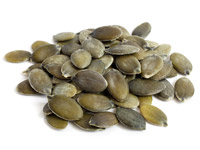
A pumpkin is a gourd-like fruit of the genus Cucurbita and a member of the family Cucurbitaceae. The word pumpkin comes from the Greek word pepõn , which literally means large melon. With the French this became pompon, the English made it pumpion , pompion and later pumkin . With us the word has been corrupted to pumpkin. The plant has tendrils and winds like other members of the Cururbitaceae family such as cucumbers, gourds and Cantaloupe melons. The pumpkin was very important to the Native Americans. Not only did they eat the fruit, but they also beat it flat, after which it was dried and woven into mats.
The modern American has embraced this versatile fruit and pumpkin is the traditional Thanksgiving dish. The early settlers didn't just use pumpkin as a side dish and dessert. They also made soup and beer from it.
Pumpkins are especially popular in America - and nowadays also in the Netherlands - at Halloween . You make the most beautiful lanterns in all shapes and sizes. This custom was originally introduced to America by Irish immigrants. They initially made the lanterns from rutabaga.
Are pumpkins healthy? Of course!
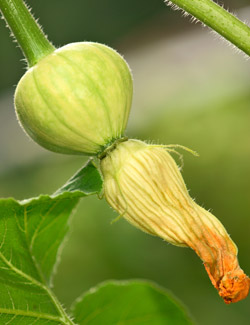
You probably know pumpkins as a decoration or cake at Halloween. However, they are also packed with nutrients and offer a wide variety of health benefits . Pumpkins contain plenty of vitamins, minerals and other healthy nutrients. From pulp to seeds, pumpkins are great for your health.
With only 36 kilocalories per 100 grams, pumpkin is one of the vegetables with the least calories. It does not contain saturated fats or cholesterol, but is a rich source of dietary fiber, antioxidants, minerals and vitamins such as vitamin A, vitamin C and vitamin E. Pumpkin gives you two and a half times the recommended daily dose of vitamin A. This is a powerful natural antioxidant that the body needs for the health of the skin and mucous membranes. It is also an essential vitamin for vision.
Research shows that natural foods rich in vitamin A help protect our bodies against lung and oral cancer. Pumpkin is also a rich source of minerals such as copper, calcium, potassium and phosphorus. Pumpkin seeds are high in dietary fiber and monounsaturated fatty acids, which are good for heart health.
Grow your own giant pumpkin
The nice thing about pumpkins is that they can reach gigantic sizes. It is therefore very nice to grow them yourself. Of course, to get a real whopper, you have to start with the right kind of pumpkin seed, one that can produce really big pumpkins, like 'Prizewinner Hybrid'. With proper growing practices, this seed can produce pumpkins weighing up to 150 pounds.
In general, pumpkins need a lot of sun . Choose the sunniest spot you have available and remember: pumpkins are sensitive and need to be protected from wind and frost. So try to protect pumpkins from the influence of the elements. Cover the plant in heavy rains, erect a screen to protect the tendrils from strong winds, and provide shade during the hottest days of summer.
How Much Water Do Pumpkins Need?
Pumpkins love water and really need a lot of water . You just shouldn't plant the pumpkin in wet soil. It needs good and well-drained soil. You can dig the soil by hand. Prepare the soil in early spring, once the soil is warm. Fertilize the spot with about 10 centimeters of manure. Pumpkins do best in soil that is near neutral or slightly acidic.
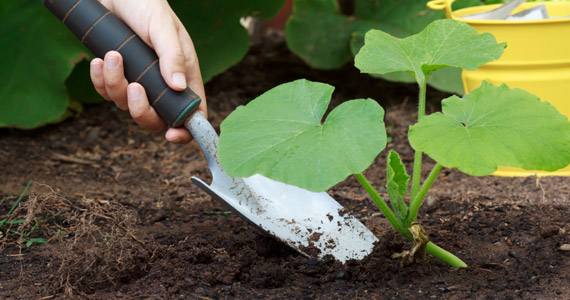
If you live in a part of the world where there is still danger of frost in late April or early May, it is best to sow seeds indoors two weeks before planting. Use a pot of peat soil for each seed, mixed with growing mix. Keep the pots moist and do not let them dry out. When the seedlings have developed their fourth or fifth set of leaves, move them outside. You can best protect them for the first few weeks by placing plastic-coated frames.
How do you fertilize pumpkins?
The pumpkin has two types of flowers: the male and female flowers that appear from the beginning of July. Usually the plant first starts making male flowers, after which the female flowers follow. Check the female flowers regularly, and make sure the tendrils are strong enough before they start producing fruit. To do this, it is best to break off the first female flowers from each tendril and wait for the second or third flower to appear. The tendrils are then at least three meters long. You can easily recognize a female flower, because there is a baby pumpkin growing at the base of each flower.
You need a large tendril to grow a large pumpkin. So choose a good, strong tendril for your pumpkin. If you see a vine that is strong enough and has a female flower in it about to open, cover it with cheesecloth to keep insects out. The next day, pick a fresh male flower, cut off the corolla or outer petals, and rub the pollen-laden stamen over the center of the newly opened female flower.
How do you grow pumpkins?
This is just the beginning of a summer of hard but rewarding work. Actually, you just started a pumpkin factory. Each tendril has 100 or more leaves. If you want to try growing a 150-pound pumpkin, each leaf will account for up to 4 pounds of your pumpkin's weight.
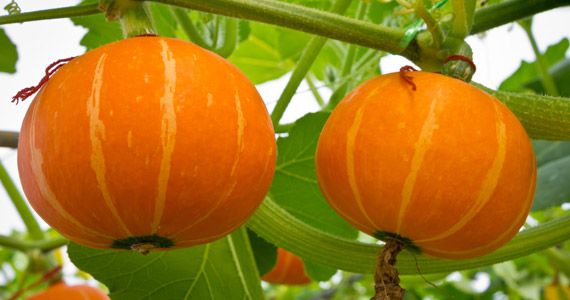
The giant pumpkins emerge from the vine and if you don't take precautions, they will tear away from the main stem. Roots grow from the tendrils on every leaf; tear the roots off the tendril near the pumpkin. That gives the vine free space to grow away from the pumpkin without damaging it as it swells in size. Carefully divert the tendrils from the fruit to avoid crushing it. Give the tendril a nudge in the right direction every day.
How do you prune pumpkins?
To grow a very large pumpkin, when there are two or three tennis ball-sized fruits on each plant, remove all but the most promising fruit and begin pruning the pumpkin vine. When the main vine is about 20 feet long, pinch off the tips and side shoots so that the vine isn't too distracted from the fruit. Break off all other female flowers and a potential prize winner is in the making. All the energy of the plant must go exclusively to this fruit. The nutrients needed for the largest possible fruit come from the tendril; the tendril must in turn be supported by the root system. To grow really big pumpkins, the most important things to remember are: seeds, soil, sunlight and water.
By mid-August, the plants are drawing in water and nutrients at a rapid rate. The pumpkins grow at night, some gain up to two inches per night!
Tip: water a lot
Water in the evening, give plenty of water and water only at the base of the plant, keeping the leaves dry. This reduces the risk of disease.
Recipe: Sweet and Sour Grilled Pumpkin
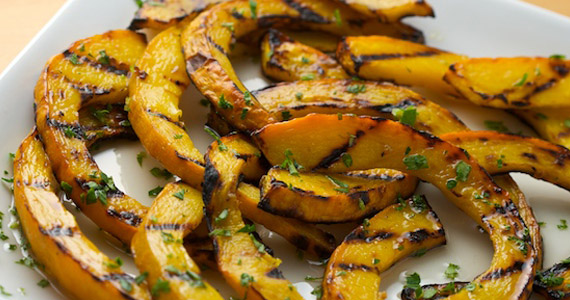
Ingredients:
| 1 kilo | pumpkin |
| 2 tablespoons | olive oil |
| 1 clove | garlic (pressed or finely chopped) |
| grinded | salty |
| 3 tbsp | wine vinegar (red or white) |
| 3 tbsp | White sugar |
| finely chopped | fresh mint or parsley |
Cut the pumpkin in half and scrape out the seeds and skin. Peel each half and cut into slices. In a bowl, mix the olive oil, a clove of finely chopped garlic and a generous pinch of salt. Add the pumpkin slices and mix well. Grill the pumpkin slices over medium heat for a few minutes on each side until just cooked through.
Mix vinegar, sugar and the remaining garlic oil from the bowl in a saucepan. Heat until the sugar dissolves and the mixture thickens just slightly. Drizzle the sweet and sour sauce over the pumpkin and serve on a platter. Garnish with freshly chopped mint or parsley and a few thin slices of raw garlic if desired. Bon appetit!


